Meta's Quest 3 vs. Apple Vision Pro: Zuckerberg Declares Superior VR
User Experience and Interface
Meta's Quest 3 emphasizes an intuitive user experience, making virtual reality accessible to both novices and seasoned enthusiasts. Its interface is designed for ease of navigation, allowing users to swiftly switch between games, social spaces, and productivity apps. The inclusion of voice commands and hand tracking further enhances interaction, making the digital world feel as natural as the physical one. The Quest 3's standalone nature, free from external hardware, ensures a plug-and-play experience that is both convenient and immersive.
In contrast, **Apple's Vision Pro** leverages Apple's ecosystem to provide a seamless interface that many users will find familiar. Integration with Siri for voice control and the use of hand gestures for navigation reflect Apple's commitment to a user-friendly experience. The Vision Pro also introduces innovative features such as eye-tracking, enabling users to select and interact with content in a way that feels both futuristic and intuitive. Apple's focus on privacy and security is evident, with transparent user data handling that builds trust.
Price and Value Proposition
Pricing is a critical factor for many consumers, and here, the difference between Meta's Quest 3 and Apple's Vision Probe comes significant. The Quest 3 is priced competitively, offering a high-quality VR experience that is accessible to a broader audience. Meta's strategy is to expand the VR market by making its technology available to as many users as possible, which is reflected in the Quest 3's price point.
Apple's Vision Pro, on the other hand, is positioned as a premium product. With its higher price tag, it targets users who are willing to invest more for what Apple promises as an unparalleled VR experience. The Vision Pro's pricing reflects Apple's traditional approach to offering high-end, design-focused products that integrate seamlessly with its ecosystem.
Conclusion and Recommendation
The face-off between Meta's Quest 3 and Apple's Vision Pro presents a fascinating choice for tech enthusiasts. Zuckerberg's bold assertion that the Quest 3 is "the better product, period" invites scrutiny, but the reality is that each device shines in different aspects.
Meta's Quest 3 is an all-rounder, offering a blend of performance, content, and affordability that makes it an attractive option for those looking to dive into virtual reality. Its focus on building the metaverse indicates a forward-thinking approach, promising an evolving platform where users can explore, create, and connect in myriad ways.
Apple's Vision Pro, with its emphasis on design, user experience, and integration with the Apple ecosystem, appeals to those who prioritize premium build quality and seamless connectivity with other Apple products. Its higher price point may be a barrier for some, but for Apple enthusiasts and those seeking the cutting edge of VR technology, the Vision Pro is a compelling choice.
Ultimately, the decision between Meta's Quest 3 and Apple's Vision Pro will hinge on what you value most in a VR headset. If you're looking for a cost-effective entry into a rapidly expanding universe of virtual experiences, the Quest 3 is hard to beat. However, if you're drawn to premium design and the promise of an integrated, high-quality VR experience that leverages the strength of Apple's ecosystem, the Vision Pro may well be worth the investment.
In the dynamic landscape of virtual reality, both the Quest 3 and Vision Pro stand as testaments to the innovation and vision of their respective companies. As the technology evolves and the market expands, the choices we make today will shape the virtual worlds of tomorrow. Whether you choose the Quest 3's versatile appeal or the Vision Pro's premium experience, the future of VR looks bright indeed.






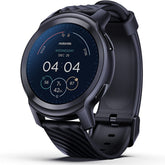
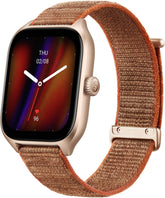
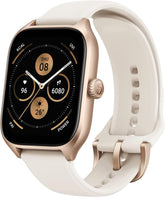
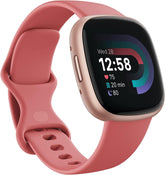

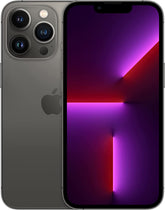
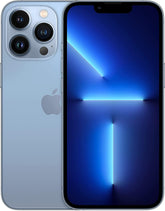
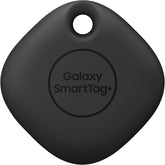

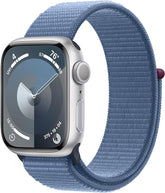
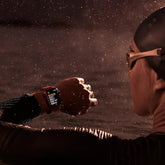
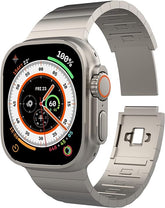
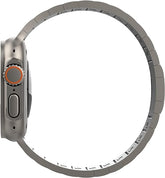
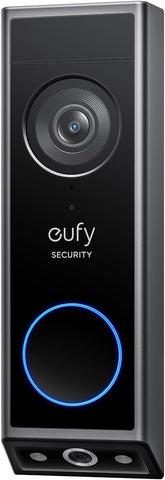

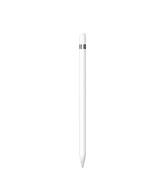

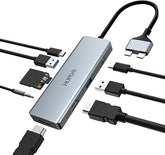
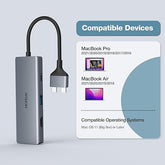
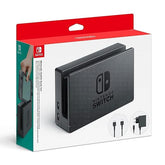
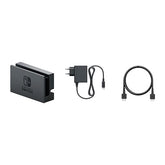
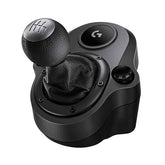
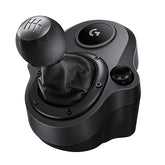
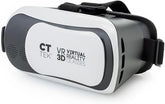
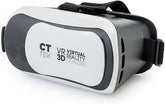
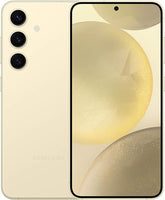
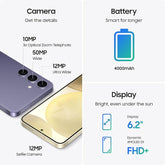
![["B0B1L87TMY"]](http://smarttechshopping.com/cdn/shop/products/7110BNil-dL._AC_SL1500_165x.jpg?v=1695449139)
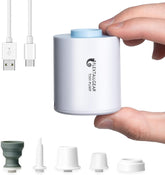
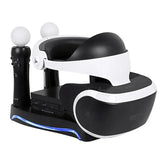





Leave a comment
Please note, comments need to be approved before they are published.